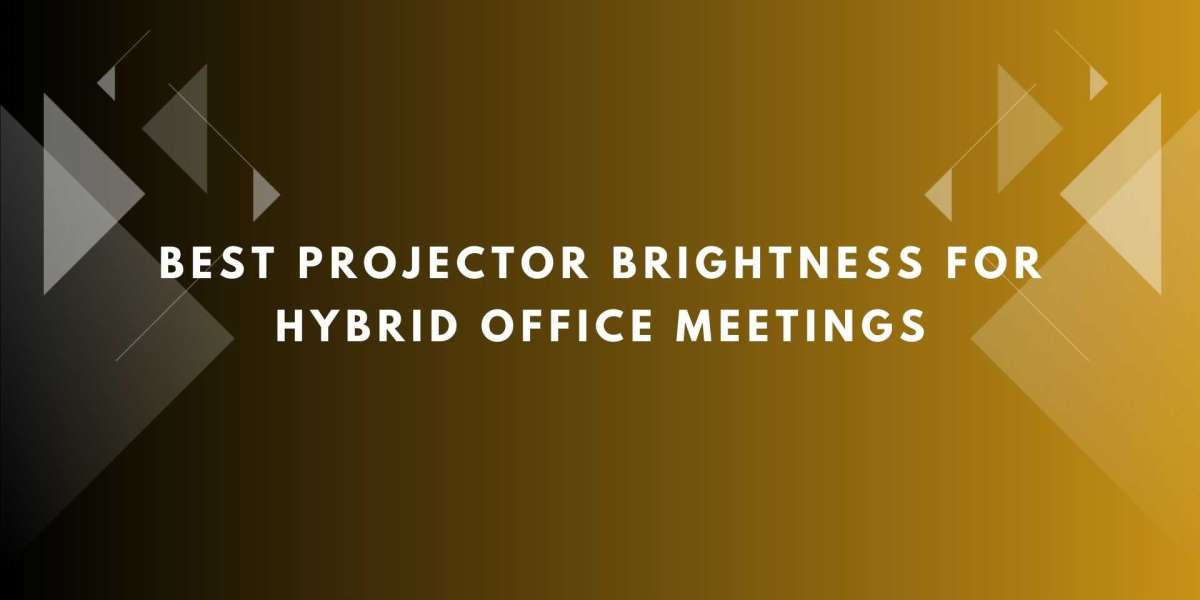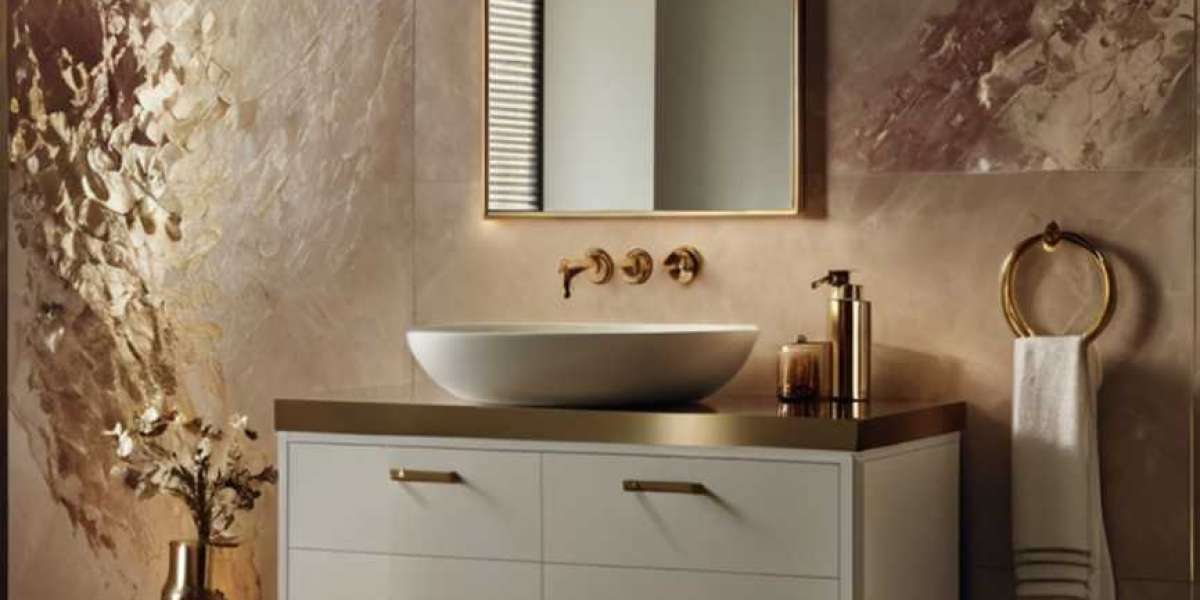In today’s modern workplaces hybrid office meetings have become the norm. Teams often collaborate in person while connecting with remote participants through video conferencing. In such environments clear visuals are essential for effective communication. Projectors play a key role in displaying presentations charts graphs and live video feeds to both local and remote attendees. One of the most critical factors for projector performance in hybrid meetings is brightness. Selecting the right projector brightness ensures that content is visible and legible for everyone regardless of lighting conditions or seating position.
This guide explores how to determine the best projector brightness for hybrid office meetings and provides practical tips for optimizing meeting room setups.
Understanding Projector Brightness
Projector brightness is measured in lumens which indicate the total amount of visible light a projector produces. Higher lumens result in brighter images while lower lumens produce dimmer visuals. In hybrid office meetings the right brightness ensures that slides charts and video streams are clear even when rooms are brightly lit or participants are seated far from the screen.
While brightness is essential it should be balanced with other factors such as screen size resolution and contrast ratio to deliver sharp and engaging visuals.
Factors Influencing Projector Brightness Requirements
Room Size and Layout
The dimensions of the meeting room affect how light spreads across the screen. Larger rooms require higher lumens to ensure participants at the back can see content clearly. The seating layout also matters; wide conference tables or U-shaped seating arrangements may require additional brightness to cover all viewing angles.Screen Size
Larger screens spread light over a wider area which can make the image appear dimmer. For hybrid meetings it is common to use screens ranging from 80 to 120 inches depending on room size. As the screen size increases higher projector lumens are necessary to maintain clarity.Ambient Light
Hybrid office meeting rooms often have overhead lighting and windows that introduce daylight. Ambient light can wash out the projected image making it hard to read text or view charts. Rooms with bright ambient light require projectors with higher lumens to maintain visibility.Content Type
Text-heavy presentations and spreadsheets require higher brightness for legibility. Video calls and charts may tolerate slightly lower brightness but still benefit from clear visuals.
Recommended Projector Brightness Levels
The optimal projector brightness for hybrid office meetings varies based on room size screen size and lighting conditions.
Small Meeting Rooms (up to 10 participants, 60 to 80 inch screens)
Dark or dimmable lighting: 2000 to 3000 lumens
Moderate ambient light: 3000 to 3500 lumens
Bright rooms with daylight: 3500 lumens
Medium Meeting Rooms (10 to 20 participants, 80 to 100 inch screens)
Dark or dimmable lighting: 3000 to 3500 lumens
Moderate ambient light: 3500 to 4000 lumens
Bright rooms with daylight: 4000 to 4500 lumens
Large Meeting Rooms (20+ participants, 100 to 120 inch screens)
Dark or dimmable lighting: 3500 to 4000 lumens
Moderate ambient light: 4000 to 4500 lumens
Bright rooms with daylight: 4500+ lumens
Practical Tips for Optimizing Projector Performance
Control Ambient Light
Whenever possible use blinds or curtains to reduce sunlight during meetings. Dimmable overhead lighting can help maintain visibility without darkening the entire room.Screen Placement
Position the projector and screen so that reflections and glare are minimized. Ensure that all participants have a clear line of sight.High-Gain Screens
High-gain or contrast-enhancing screens reflect more light toward viewers which improves perceived brightness without requiring an excessively powerful projector.Projector Technology
Consider laser projectors which offer high brightness consistent color performance and long lifespans. They are ideal for hybrid office environments where projectors are used frequently.Seating Distance
Ensure that participants seated far from the screen can see content clearly. Larger rooms with more seating require higher lumens to compensate for distance.Adjust Brightness Dynamically
Some modern projectors allow brightness adjustments based on ambient light conditions. Using this feature can enhance visibility during meetings held at different times of day.
Real-World Example
Imagine a medium-sized meeting room designed for hybrid meetings with 15 participants. The room has a 100-inch screen and moderate daylight entering through windows. A projector with around 4000 lumens ensures that all slides and video streams are clearly visible to in-room attendees while maintaining high-quality visuals for remote participants viewing screen shares.
In contrast a small room with 8 participants and a 70-inch screen with dimmable lighting would only require 2500 to 3000 lumens. Excessively high brightness in this setting could cause glare and discomfort for attendees.
Conclusion
Selecting the right projector brightness is essential for successful hybrid office meetings. Small rooms with controlled lighting require lower lumens while larger bright rooms demand higher brightness to ensure clear visibility. By considering room size, screen dimensions, ambient light, and content type, organizations can choose projectors that enhance collaboration and engagement.
Balancing projector brightness with contrast ratio and screen placement ensures that all participants both in-room and remote have a clear and immersive viewing experience. Proper planning and the right tools from XTEN-AV can simplify projector selection and help design meeting spaces that support productive hybrid work environments.
Read more: https://segisocial.com/how-to-calculate-lumens-for-training-room-projectors/








